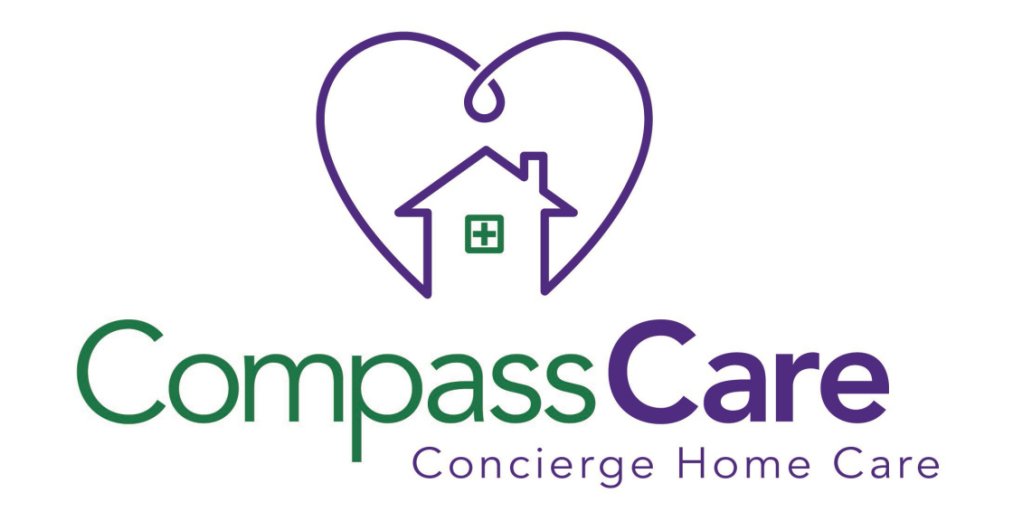Quick-Fix Home Modifications That Can Keep Elders Independent
For many people, there is the desire to remain in their home for as long as they can – long into their elder years. Making your home “age friendly” IS possible with a little forethought and planning, and making a few tweaks here and there. By making even minor modifications, you will be able to create a home environment that supports continued independence, minimizes excess disability, and maximizes your safety. There are many things you can do to make your home more suitable as you age, and as your medical needs change.
6 QUICK-FIX MINOR MODIFICATIONS
1. Bathroom
The bathroom is the most dangerous place inthe home. It has hard surfaces, slipperywet floors, nothing but your birthday suit between you and the tile and tub,and to top it off, poor access to a phone should something go wrong.
Quick Fix: Even if money is tight, this is one place where spending may be worth it. Install grab bars or use a bath chair - both will make it easier to enter and exit the tub while reducing the chances of a preventable fall. You may also want to consider replacing the bathtub with a walk-in shower or a walk-in tub which provides an easier and safer entry and exit. Traction slips or non-skid tape are a good idea for the bottom of the bath. If the bathroom floor is slippery, it can be covered with secure slip-resistant materials.
2. Lighting
As we age, we need more light to compensate for changes to the visual system. Lighting is an important factor in preventing falls since areas that are poorly lit or in shadow can hide slipping and tripping hazards.
Quick Fix: You will notice a huge difference if you install higher-wattage bulbs or additional lights in strategic locations around your home. You can also buy stick-on lights or light tape to put along stairs, on the ground, or in cabinets that are too dark.Also, indirect lighting or frosted bulbs can be used to reduce glare.
3. Flooring
Tripping over loose carpets, cords, or other obstacles on the floor is a common fall scenario. Flooring “transition points” between rooms and surfaces produce potential tripping hazards as our gait changes with age. The risk of accidents increases on slippery surfaces, particularly in wet locations such as bathrooms, kitchens and entryways. Some elderly have vision issues that are exacerbated by color and glare. Area rugs can be a huge danger, especially if they slide or have edges that curl up to produce trip hazards.
Quick Fix: Install a non-slip flooring surface. Consider vinyl flooring, which has more give, in case of a fall, and provides a more forgiving surface allowing you to stand for longer periods of time. If you use throw rugs, be sure to securely tape them down to prevent trips and falls. Carpeting should be low pile and free of tears, holes, or wear that could cause slips or trips.
4. Bright Colors
The use of color can work wonders as we age.It can make it easier to find items quickly.
Quick Fix: Consider sharply contrasting colors at important transitions, such as using a brightly colored bedspread which contrasts with the flooring color – so edges can be safely identified to avoid a tripping hazard. Never choose the same color for a seating surface and the floor…..or your derriere could easily miss the target!
5. Furnishings
It is often more difficult to rise from deep seating cushions or from chairs without arms to help boost you up. If the bed is too high, this can cause trouble getting in or out of bed.
Quick Fix: Rather than replace what you have, get higher cushions to avoid sinking into the furniture. Also, the bed can be lowered so that it's closer to the floor. If you have a pillow-top mattress, this may be making the bed too high.
6. Kitchen Items
Kitchen utensils may be harder to grip andmanipulate as we get older and our dexterity is affected. As well, you may findthat your appliances are no longer convenient or easy to reach. For example, itmight be easier for a microwave to be on a separate microwave stand instead ofin a raised cabinet or at the back of a countertop.
QuickFix: Most kitchen tools are available in ergonomically designed models that areeasier to use as we get older – they require less force and manual dexterity. Anda microwave can go on microwave stand instead of at the back of a counter orset into a cabinet.
TECHNOLOGY FIXES
There are also a whole host of simple technology fixes which you caninstall to make it easier to remain in your home. Think about telephones with large buttons, phones that flash when they ring, and doorbells that turn on a light. You can always reach out to your local senior centeror another community-based program who can offer suggestions for your needs.
Although I love the idea of keeping the elderly in their home for as long as feasible, one of the most important things to realize is that sometimes it is impossible to make home modifications suitable for everyone. There may come a time when you might have to encourage a parent to come to the realization that they need more than their house can provide. At that point, you will want to do your research to know what other options are available.
